submit a web inquiry or Call for a Quote 888-462-8478
- San Francisco
415.869.8582 - San Jose
408.907.1345 - Los Angeles
310.954.1429
submit a web inquiry or Call for a Quote 888-462-8478
Where we wax poetic on what’s going on with Avista, discuss our favorite San Francisco Bay Area and Southern California meeting/event venues, and talk about audio visual rentals and live event production in a way that’s informative, useful and entertaining to our corporate, nonprofit and consumer customers.

Having a conference or meeting where speakers are speaking English but not everyone in the audience is English proficient? Or have a foreign speaker(s) speaking any language that isn't familiar to a segment of your audience? Then a translation system could be right for your meeting or conference.
Simultaneous Translation Systems are a great use of technology to bridge the language gap in an increasingly connected world. The following will give you the basics of how the system works, along with 2 tips that are key to successfully using this technology.
1. Translation System Basics
Simultaneous translation systems are relatively simple setups using wireless transmitters and receivers.
The microphone used by the presenter send a signal (wired or wireless) to the audio speakers in the room to hear in the original language (for our example, English). An audio feed (wired or wireless) is also sent to a soundproof tabletop booth, or full booth, where interpreter(s) listen with headphones to the presenter. The soundproof booth is necessary to keep audience members from being distracted by the translators.
Here is a picture of a tabletop booth:
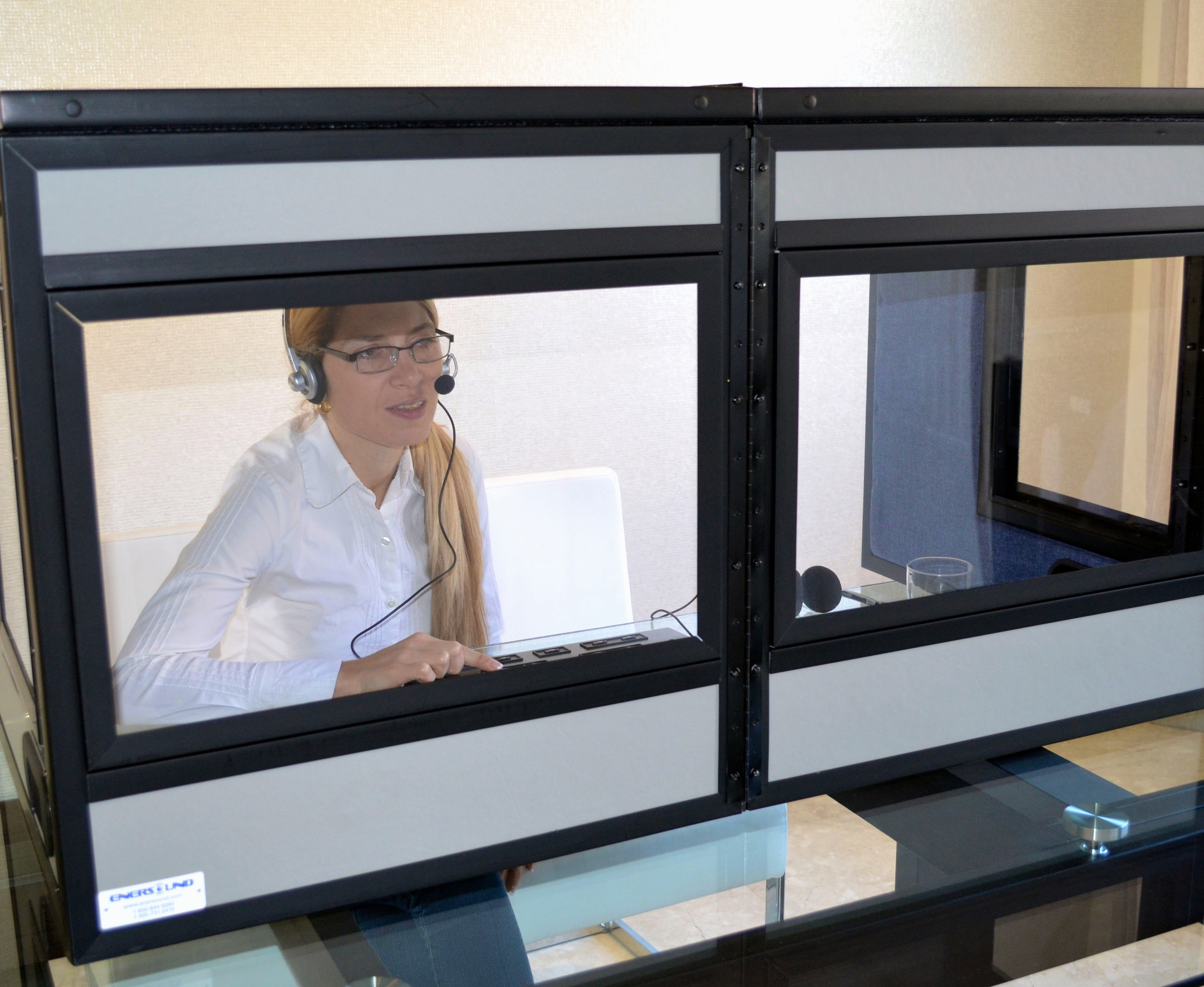
Here is a picture of a full soundproof booth, in place at an international conference at Stanford University:
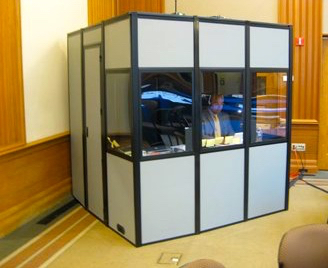
The translators speak the translation (say, into Mandarin) into a microphone. This signal is transmitted wirelessly to audience members who have been given a small receiver connected to an earphone (one-ear or two-ear models are available).
The following diagram gives the basics of a simultaneous translation system. Shown is a 3 language setup, but typically only one language is used (for example, the speakers all speak English, but some or all of the audience only understands Mandarin). We've seen up to 6 or 7 languages employed when audience members really come from all over the world.
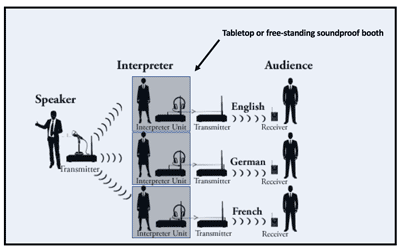
Here is a picture of very basic translation system equipment. This gear is from Williams Sound, but there are a variety of manufacturers:
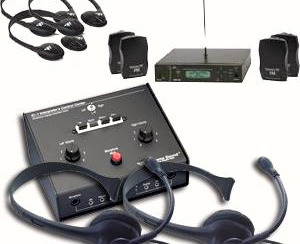
This same technology is used for assisted listening systems wherein audience members need a boost in hearing, wherein a translation systems inserts an interpreter into the mix, and the interpreter's voice is transmitted to the audience members.
2. The Right Interpreters are key
Selecting the right interpreters is critical to the success of the translation taking place at your event.
First of all, simultaneous translation is a specific skill that some interpreters do not possess. The interpreter has the demanding job of listening in one language, then almost immediately speaking the translation into a microphone. This translation has to carry the correct meaning and nuance of the presenter.
Moreover, the interpreter needs to be skilled in the subject area of your event, as most industries and academic areas have their own nomenclature and vocabulary. Even if the interpreter is skilled within a certain subject field (e.g., Medical, Engineering, Pharmaceutical, Life Sciences, Scientific), it may be necessary to provide the interpreters an advanced vocabulary "cheat sheet", containing translations of either obscure words that will be used in the presentations, or where accuracy is critical.
Typically there are two interpreters per language, since the demands of constantly translating on the fly can exhaust even the most seasoned translator. A toggle switch on the translation system controller allows the translator to switch back and forth, usually every 30 minutes.
There are a number of reputable services available that can provide interpreters for your event. Just be sure that you vet the interpreters for the above skills, and get a list of previous work they've done to see if they are right for your event.
3. The Right AV Partner is Key
Working with an experienced provider of simultaneous translation services is important to your event's success. Not every audio visual production vendor offers this service, and you want want to make sure that the other audio visual components of your event are integrated, particularly the room audio. If you are adding in webcasting or video recording of your event, this integration is even more important.
Avista has been offering simultaneous translation system rentals and services for over 10 years, and can guide you through the process of adding this service to your event. Check out more information on our services here: http://www.avistarentals.com/other-services/simultaneous-translation-systems/
Here is a picture of a full audio and simultaneous translation system setup we recently did for UC Berkeley Extension at San Francisco City Hall:
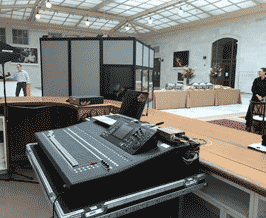
Also pictured from the same event are attendees from Beijing using two-ear headsets during a discussion with San Francisco Mayor Ed Lee:
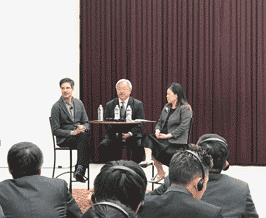
Avista is also a full-service audio visual production provider, and can provide a well integrated sound system for your audience members. We also offer a range of other AV services to ensure your event or meeting is a complete success. Give us a call with any questions or to get a quote.
 About Avista Audio Visual Rentals
About Avista Audio Visual RentalsThank you for visiting our website! Our team at Avista has worked long and hard to understand what's important to you, our customer, which is distilled into our 4 Value Principles: 1) Being transparent with our pricing, 2) Being prompt and friendly in all our communications with you, 3) Delivering the right AV solution for your event at the best price, and 4) Exceeding your expectations with the high caliber of our crew and gear. We're very proud that these principals have driven strong growth since our founding in 2005, to where we are now one of the premier providers of AV rentals and AV production services on the West Coast. Customers have the choice of picking up and returning AV gear to any of our offices, or having our team of highly skilled audio and video technicians deliver and run the AV aspects of your meeting or event.
Leave a Reply
Your email address will not be published. Required fields are marked *